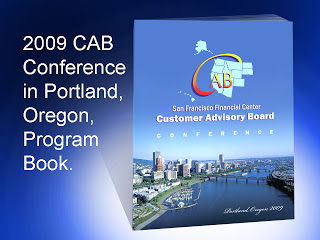U.S. TREASURY GRAPHIC DESIGN
U.S. Treasury Visual Identity / Publications
2013-2014 Payment Management (PM) Tactical/Operating Plan
and logo designed for Sheryl Morrow, Deputy Fiscal Assistant Secretary,
Bureau of the Fiscal Service, U.S. Treasury:
 |
| Payment Management logo design, U.S.Treasury |
U.S. Treasury Brochure & Marketing Collateral
Developed creative concepts; present to key stakeholders; execute project design.
U.S. Treasury Conference Exhibit Designs
Proposed Bureau of the Fiscal Service logo
used in Go Direct exhibit booth and
marketing collateral:
 |
| Design proposed by AnneMarie Arnold in August, 2012. |
U.S. Treasury Website (design proposal)
 |
| Design proposed by AnneMarie Arnold in August, 2012. |
________________________________________________________________
U.S. Treasury Newsletters
Develop original design concepts as well as
oversee project design
all the way through execution: photography, graphic design,
editing, cartooning, print management/shipping.
U.S. Treasury FEMA Presentation Design





































